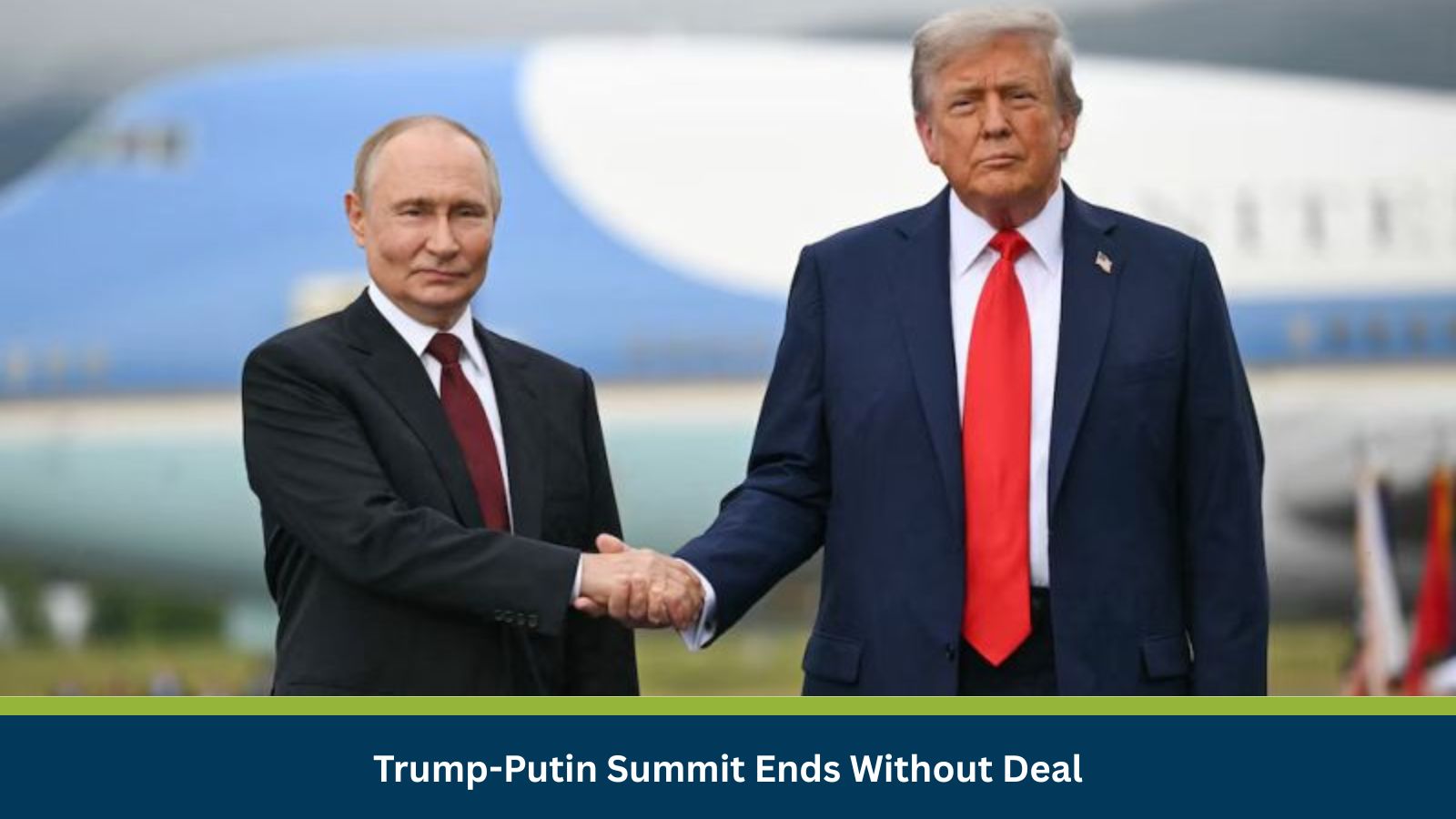On August 15, the historic summit between President Trump and Putin in Anchorage, Alaska, concluded without a definitive resolution to Russia-Ukraine war. Held at Joint Base Elmendorf-Richardson, this first U.S.-Russia summit since 2021 was a high-stakes diplomatic gamble, driven by Trump’s campaign promise to end the Ukraine war swiftly and Putin’s quest to reassert Russia’s global influence.
The summit, billed as a “listening exercise” by White House, failed to produce a ceasefire in Ukraine. Trump said some great progress was made, but he ‘did not reach agreement’ on ‘most significant aspect” with Putin.
Putin said the ‘understanding’ reached with Trump will help bring Ukraine peace. He told Kviy and NATO not to create any obstacles to peace.
Trump held phone calls with Ukrainian President Zelenskyy and NATO leaders after the summit (White House). Trump said he may think about sanctions on Russian oil buyers in 2 or 3 weeks.
The summit yielded tentative agreements in other areas. Discussions on Arctic energy cooperation and a potential nuclear arms control pact emerged as areas of mutual interest. Trump’s openness to “territorial swapping” and economic incentives, such as access to Arctic resources, hinted at a broader U.S.-Russia détente, albeit one fraught with risks for Western unity.
Trump’s willingness to engage Putin bilaterally, side-lining Ukraine and European allies, has fuelled fears of a fractured transatlantic alliance. European leaders, including those from the UK, France, and Germany had issued a unified statement rejecting any deal excluding Ukraine, emphasizing that borders cannot be changed by force. Meanwhile, sidelined Ukrainians look on with deep scepticism.
Globally, the summit marks a pivotal moment in the reconfiguration of power dynamics. Putin’s diplomatic coup in securing a U.S. meeting without concessions signals the limits of Western isolation strategies. His ability to leverage Russia’s battlefield gains and nuclear arsenal ensures Moscow remains a formidable player, despite economic sanctions. The summit’s focus on Arctic resources and nuclear arms control suggests a potential thaw in U.S.-Russia relations, which could reshape global energy markets and strategic stability.
India’s experience with U.S. tariffs highlights the risks of economic coercion in a multipolar world. Nations like China, which face less pressure despite larger Russian oil purchases, may exploit Western divisions to expand influence. The summit’s failure to address Ukraine’s inclusion undermines the principle of sovereignty, potentially encouraging revisionist powers to pursue territorial ambitions.
Trump-Putin summit, while inconclusive on Ukraine, sets the stage for a complex interplay of economic leverage, strategic posturing, and diplomatic maneuvering. The world watches as the U.S. and Russia flirt with détente, aware that the stakes, geopolitical stability, economic resilience, and the principles of sovereignty could redefine the 21st-century order.
For NATO, India, the Indo-Pacific region, and the broader international community, the outcomes signal a complex recalibration of strategic priorities, economic alignments, and diplomatic balancing acts.
Stay ahead of operational risks with real-time alerts, scenario modeling, and expert advisories with datasurfr’s Predict. Start your 14-day free trial of Datasurfr’s Risk Intelligence Platform today.






